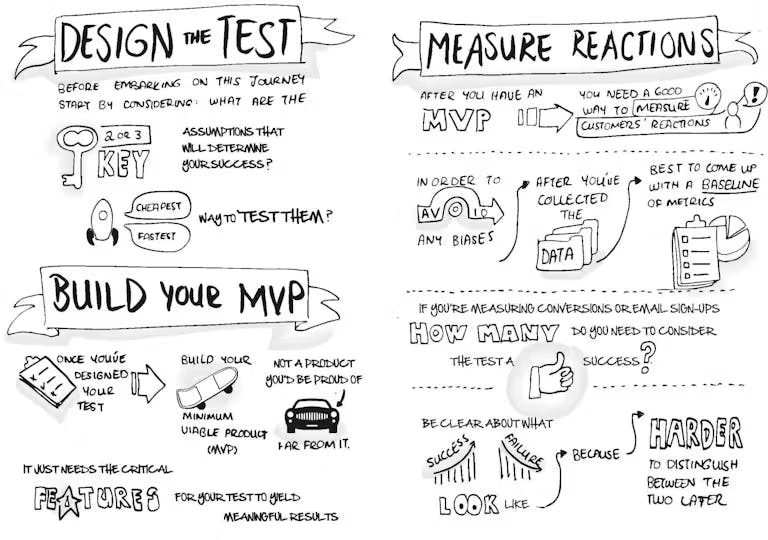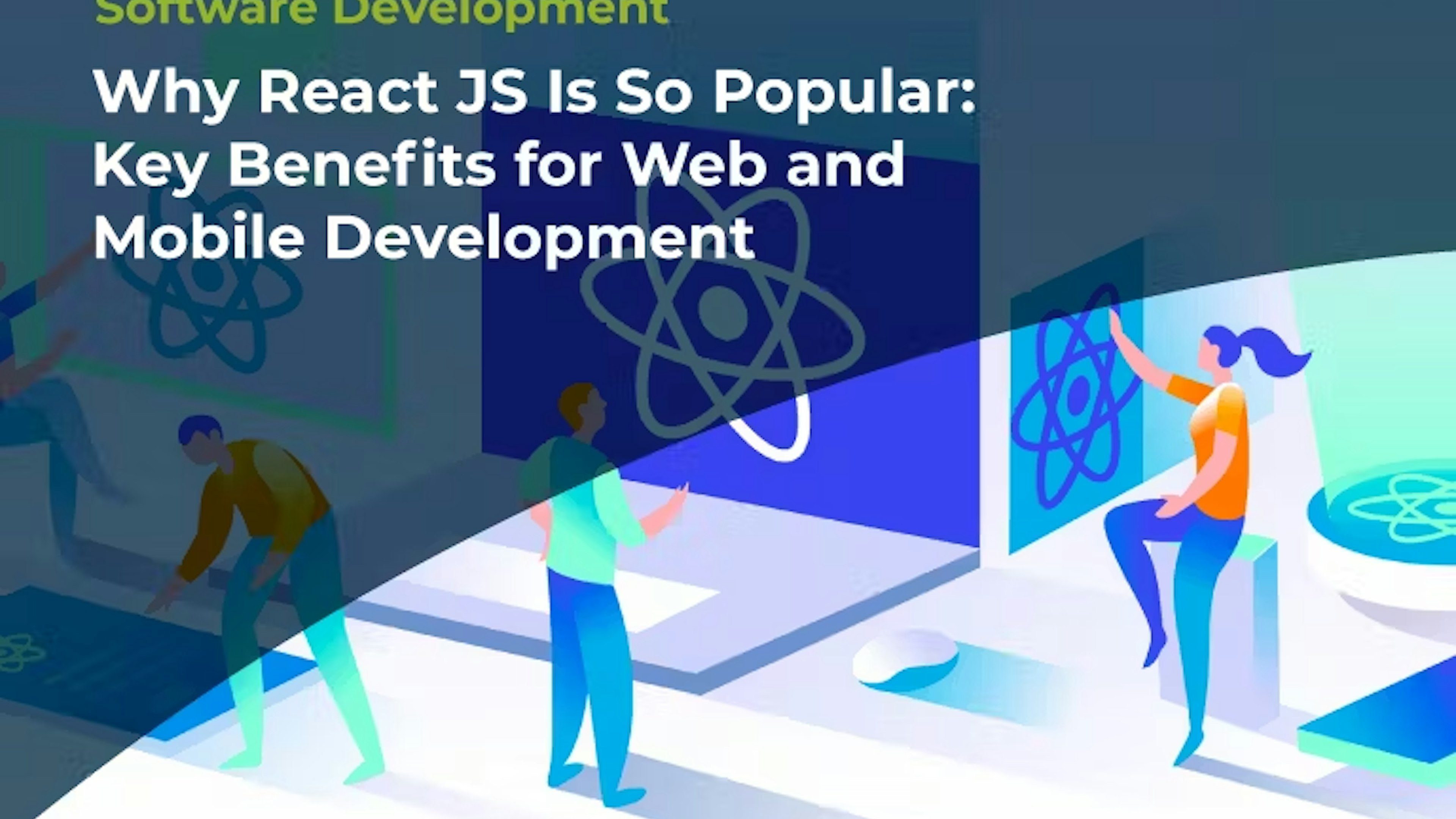What is Minimal Product Development and How Does It Work?


Minimum Viable Product (MVP) is your product with the least amount of features and only the functionalities that allow you to demonstrate your product to users, investors, and team members; collecting valuable data and feedback to guide future production. Eric Ries, the author of The Lean Startup, defines an MVP as:
“Minimum Viable Product is that version of a new product which allows a team to collect the maximum amount of validated learning about customers with the least effort.”
Entrepreneurs have big dreams of how their product will "change the world" but, first, should validate their idea and scale based on proven learnings. In the world of software development, MVP is a slice of your product vision, and consists of core functionalities and important, minimum features, to test how your target audience will respond. If entering an existing market, your significant features should include differentiating features to test against existing competition. Then, based on the feedback of your early adopters, a series of development iterations will follow to add new features and functionality.
From MVP to Zappos
The online shoe retailer, Zappos, is one of the most notorious MVP stories. In 1990, founder Nick Swinmurn searched for a specific pair of shoes, but couldn’t find them in the nearby mall. Nick’s quest for new sneakers helped him discover a market opportunity: no major online retailer for footwear.
Zappos didn’t launch with the customer service, factories, and inventory we know of the company today. Instead, Nick went to shoe stores, took pictures of their inventory, put it on a simple website, and paid full-price to the shoe store if he made a sale. At this stage, the technology wasn’t as important as answering the question: will people buy shoes online?
Leveraging the MVP process, Zappos was able to validate a market opportunity and gather vital information on how to guide their development for the desired online shoe buying experience, with minimum investment.
And that’s how Nick Swinmurn turned a poor shoe-buying experience into an MVP that developed into a company acquired by Amazon (a once MVP as well) for $1.2 Billion dollars.
Why Use MVP Development?
Simply put–get the product in your target customer’s hands and collect user data for the development of the full product, the roadmap of future iterations, and confirm product-market fit. MVP Development helps identify product-market fit and leverage data-driven insights to guide product enhancements. Ultimately, MVP Development will save you money and time while perfectly aligning your product to the needs of your customers.
How to Build an MVP
However, the pitfalls of not fully understanding the MVP process can result in entrepreneurs focusing more on the ‘minimum’ and less on the ‘viable’. In doing so, your product doesn’t meet users’ expectations and the learnings uncovered during user testing are inconclusive.

To ensure your MVP is given its best chance to prove market-fit, use the following steps to guide your development:
Step #1 – What’s the Problem?
Prior to any MVP development, ensure that your idea fulfills your target users’ needs and/or satisfies a pain point in their lives. The easiest and fastest way to prove market-fit for your idea is to conduct market research by way of surveys and prototypes. Whether in-person or online, surveys allow you to poll your target user and simply ask them if they have a specific need, would your product satisfy that need, are they willing to pay for it, and, if so, how much?
One of the top reasons businesses fail is because the market lacks a need for it. That’s why this stage is extremely important– if your product doesn’t nail the problem, users will not consider it as a solution.
Step #2 – Define Value Proposition
Ask yourself:
- What value do my users get from my product?
- How does my product benefit its users?
- What value does my product offer that’s different from other solutions in the market?
Once you have defined the value offered to your users, outline them. Use the outlined value to create accurate wireframes and estimates for the development of your MVP.
Step #3 – Outline the User Journey
Your product should be conveniently designed for users, also known as User Experience (UX). Develop from the perspective of your users. Start from the first customer touch point and work through to the final action or process. The best way to do this would be to invite your target user in on the development process and use their input to map out the user journey. Incentivize them if necessary– their feedback will pay for itself in the long run. Let them help you lay the groundwork while you think of future product development and how it aligns with user satisfaction.
When outlining the user journey, define the overall process stages that are needed for a user to reach their main objective. Focus your attention on users’ pain points, not features. A basic outline may look like ‘Website Visit’ → ‘Locate Product’ → ‘Buy Product’ → ‘Tracking Order’, ‘Receiving Order’. Align the process stages with the goals your users will have while using the product. With these stages clearly outlined, you can begin to list and prioritize features within each one.
Step #4 – List & Prioritize Features
To begin, jot down all the features you want to build into your final product. The features listed should offer solutions to the pain points outlined earlier while defining the user journey. To keep things organized, place them in buckets aligned with your defined User Journey stages. Call out features that would differentiate your product from competitors, and circle areas along the journey that could be differentiated enough to create a competitive advantage.
After compiling your lists, it’s time to prioritize features for your MVP. Begin by asking questions such as:
- What helps my users do what they want to do within each stage of their journey?
- What provides the most perceived value for the invested development time?
- Which features differentiate my product the most from the competition?
- What features should we test to further prove product-market fit?
Next, rank all features in your list on a scale from 1 (high priority) to 5 (low priority) as it pertains to the answers to questions like the ones above. Once ranked, the features ranked as ‘one’ should be included in your MVP. At least one feature from each stage in the journey should be included in your MVP feature set, with the next highest ranking taking precedence if a ‘one’ ranking was not given.
When all features have been given priority, define the scope for the initial launch and move into building your MVP. As a best practice, draw out what you envision the completed product to look like and design your MVP to scale to your vision.
Step #5 – Build MVP
It’s time to actually start building. But, before you do, how are you going to build it? Will you build it yourself, hire an internal team of designers and developers, or outsource to a technology agency? Deciding on how your development team will be structured is a critical business decision. Your Development team will serve as the lifeblood of your product and will be the difference between succeeding by a lot or a little.
As the team builds your MVP, they should keep in mind that ‘MVP’ does not mean lower quality than the final product. In fact, it must fulfill the same customers’ needs and be scalable as the number of users and feature sets grows. If possible, include your target user in your sprint releases, allowing them to test and provide immediate feedback for continuous improvement.
Read: The Ultimate Guide to Staff Augmentation
Step #6 – Measure & Learn
Speaking of continuous improvement, let’s talk about measurement. Before getting to the hands of the user, it’s important to have a Quality Assurance (QA) Analyst look for areas of improvement. Each Sprint cycle should end with QA testing new features and functionality than by actual target users to provide feedback.
Identify the specific KPIs used to determine success, and ensure the systems and tools are in place to collect and measure valuable user data. Let the data drive your decisions. Throughout this stage, you’ll ask questions like:
- What does the data say that can help fulfill our customers’ needs?
- Has my user base gone up or down?
- Are users engaged?
- Do they convert? Where do they fall out?
This stage will be a guide to your growth experiments and will help you decide what is tested to prove it has more of an effect on your defined KPIs. The integration of analytics into your product is an integral part of the MVP process. A lot of products fail as a result of failing to implement analytics and/or leverage them across their decision-making process.
You’ll continue to measure and learn as you scale your MVP’s feature set, providing more customer benefit and adding additional value to your product. Testing will be what graduates your product beyond the MVP stage into the growth stage.
Subscribe to our newsletter
Stay informed with the latest insights and trends in the industry
You may also like


